|
Loose-fill insulation: This insulation requires a machine that blows a stream of fiberglass or cellulose over the existing attic floor framing. It’s typically installed by a contractor, but you can also rent a blower from a home repair store. One benefit is this insulation fills in tiny gaps and hard-to-reach spaces; it’s also a winner in attics where headroom is limited and rolling batts would be impossible. Step No. 3: Keep soffits clearWhile insulation should extend all the way to the exterior wall, take care to not block the soffits. These are openings under the edges of your roof that help ventilate a home. To keep these openings clear, you can install baffles, which keep the insulation from expanding into these areas. Step No. 4: Watch out around lights If you’re installing insulation near recessed lights, you’ll want to use sheet metal or wire mesh to create a barrier around these fixtures. If insulation comes in contact with lights, it can cause a fire, unless the insulation is marked “insulation contact” or “IC,” which means no barrier is necessary.
0 Comments
Leave a Reply. |
Kelly Ann Cameron Archives
February 2024
Categories |
- AT HOME TEXAS
- Meet Our Team
-
Buyer/Seller Tips
- Role of a Real Estate Agent
- What's My Home Worth?
- Are you Ready for Home Ownership?
- To Buy or Build?
- Buy Now or Later?
- Important Keys to Selling Your Home
- Preparing Your Home for the Market
- Home Appraisal Basics
- Mortgage Application Checklist
- Getting Pre-Approved
- FHA Loans
- Credit Report Review Checklist
- Client Gallery
- Happy Clients
- Homeowning Tips
- Rental Tips
- Blog
- New Page

Your #1 San Antonio, Tx. Realtors,
At Home In Texas
210 859 4700
At Home In Texas
210 859 4700
San Antonio Real Estate and Property Information Provided by Kelly Ann Cameron, At Home Texas Realty LLC, doesn not assume any liability or responsiblity for the content of any linked resouces, nor any interpetatations, comments, graphics, or opinions contained therein. All Information deemed reliable but not guaranteed. At HomeTexas Realty. is a licensed real estate brokerage in the State of Texas, Equal Opportunity Employer, and supporter of the Fair Housing Act. All Content @ 2009-2016 unless otherwise noted |

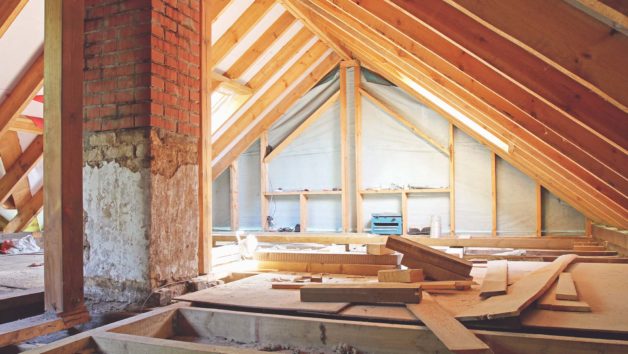
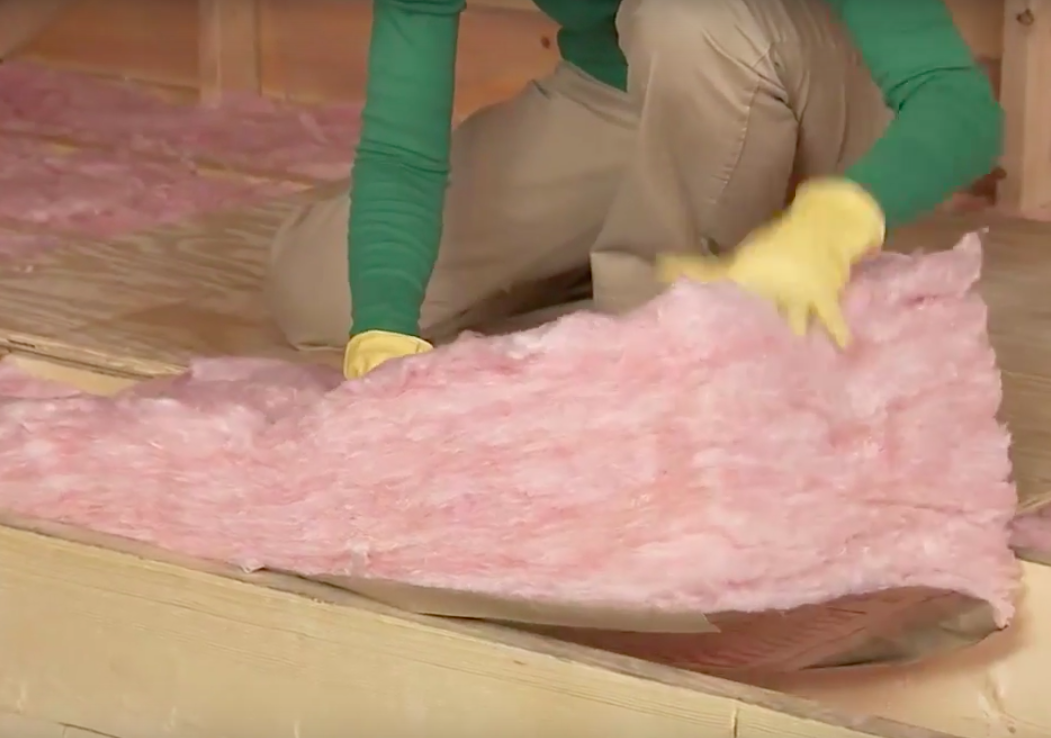
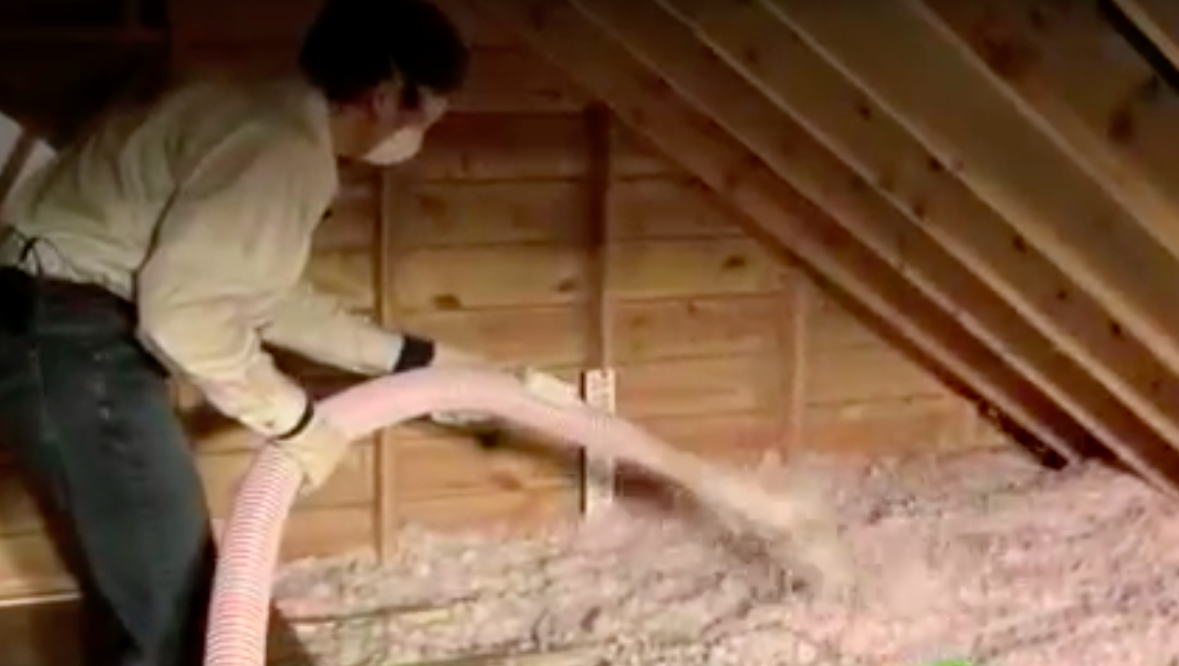
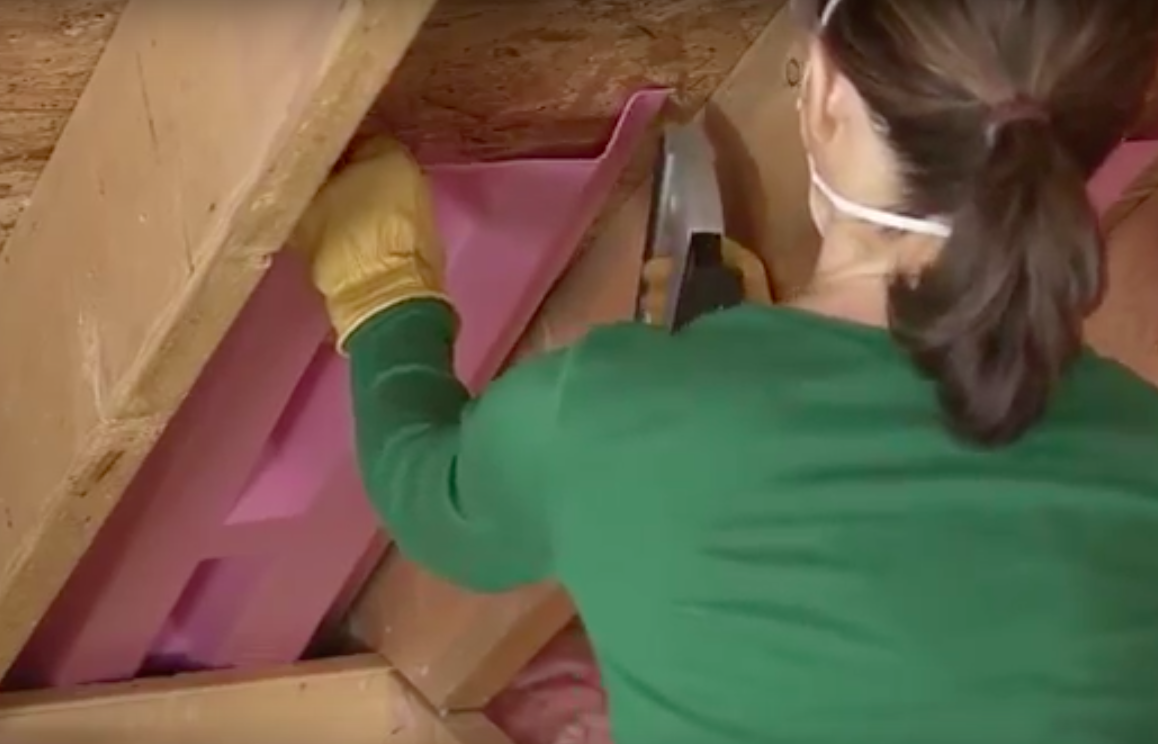
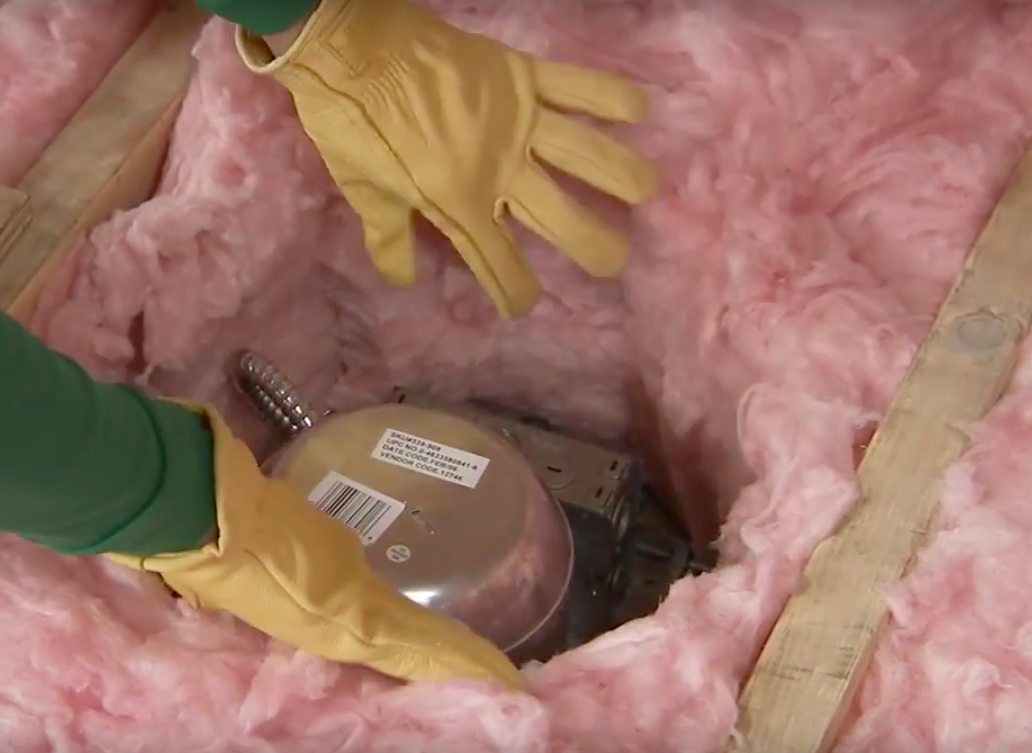
 RSS Feed
RSS Feed


